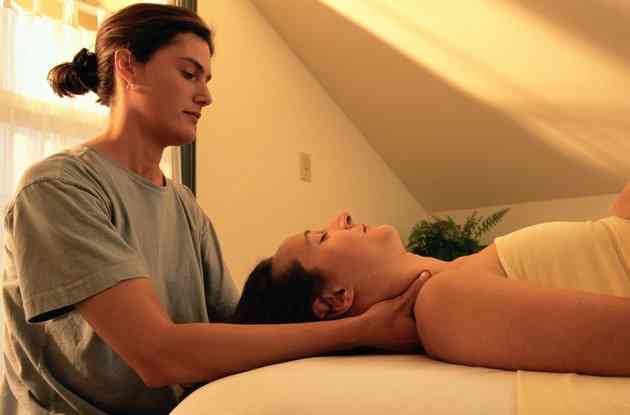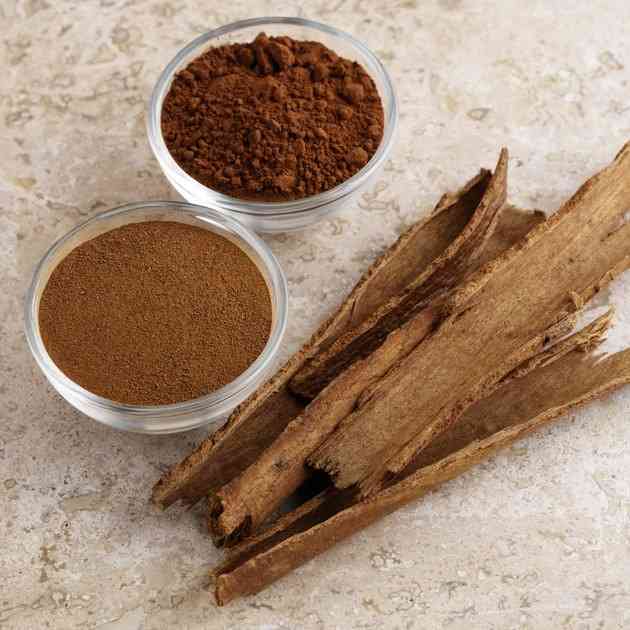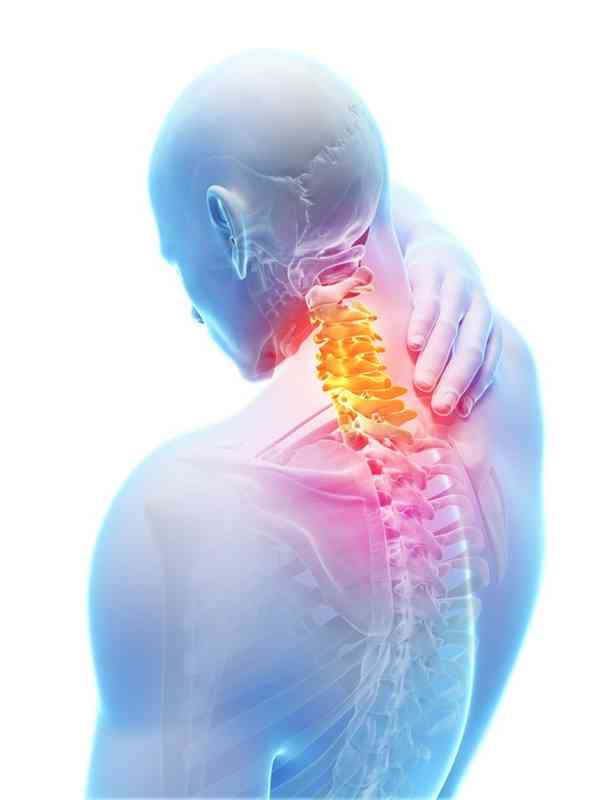Cervical Spondylosis & Massage Therapy

Cervical spondylosis is caused by abnormal wear on the cartilage and bones of the cervical spine in your neck. Over time there can be abnormal growths called spurs which press on spinal nerves. It can cause symptoms such as numbness, pain and tingling in the arms and legs, as well as neck pain and headaches. You might also feel stiff neck muscles and pain in your shoulder blade.
 Neck massage can help balance and relax tight neck muscles. (Image: Keith Brofsky/Photodisc/Getty Images)
Neck massage can help balance and relax tight neck muscles. (Image: Keith Brofsky/Photodisc/Getty Images)Risk Factors
The main risk factor for cervical spondylosis is age. According to PubMed, most people over the age of 60 show some signs of cervical spondylosis. Other risk factors include overweight, lack of exercise, heavy lifting, trauma, arthritis and osteoporosis. For most people the goal is to minimize the progress of spondylosis and to control pain. Massage is effective because it can balance and relax the muscles that support the cervical spine.
Treatment
Conservative treatment for cervical spondylosis includes cold packs and heat to manage pain together with massage, stretches and exercise to reduce pain and balance and strengthen your neck muscles. Neck muscle imbalance -- tighter on one side than the other, for instance -- causes unequal pressure on spinal disks. Eventually the disks bulge to the side with less pressure and erode. This puts pressure on spinal nerves, causing pain.
Massage
A massage therapist can use gentle massage to gradually soften and relax your neck muscles layer by layer. As the more superficial muscles relax, she'll be able to feel which of the deeper muscles is tight. She can use circulatory massage, crosswise and lengthwise friction, trigger points and other light- to medium-pressure techniques to relax the muscles and increase your range of motion in all directions. The massage therapist will also use gentle traction to lengthen your neck and gentle stretches to train the muscles to let go.
Considerations
Don't allow the massage therapist to massage the front of your neck over delicate structures such as the thyroid gland and the cartilage in the front of the neck, other than the lightest touch. While it is necessary for your therapist to assist you to stretch your neck to the front and back as well as toward the side -- ear to shoulder -- don't allow your therapist to rotate your head to one side or the other and push forcefully to "crack" your neck. That maneuver should only be performed by a chiropractor or osteopathic physician.




